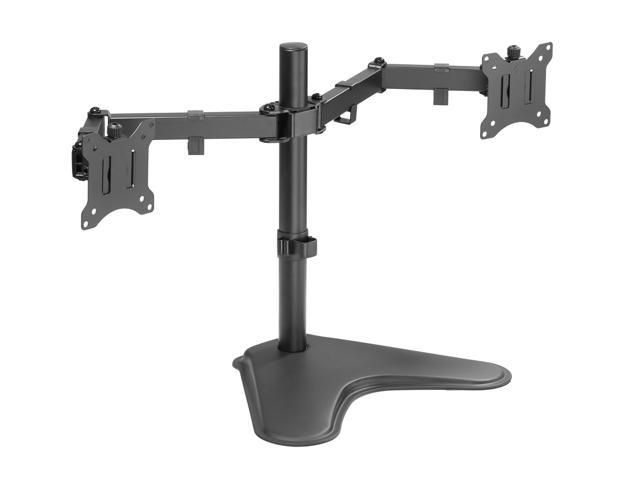Excerpt from A Comprehensive Sketch of the Merrimac and Monitor Naval Battle: Giving an Accurate Account of the Most Important Naval Engagement in the Annals of War
But the great and lasting issue of the battle between the Merrimac and the Monitor is the fact that it revolutionized the Navies of the world. This was the first fight of iron-clad vessels, and its effect was to pronounce the doom of line-of-battle ships, and to demonstrate that rams and iron-clads were in future to decide all naval warfare. Another remarkable feature of this combat to prove the hardihood and gallantry of the men engaged, is the circumstance that both of the vessels were in a great measure mere experiments, and upon experimental trips when they met and fought, and that to the danger from fire and sword was added to one of them, the Monitor, the peril of foundering at sea.
Before the summer of 1861 had passed, both sides engaged in the fratricidal struggle of North against South had awakened to a realization of the stubbornness of the conflict, and knew that the combat would be long and bitter. All thoughts of an early cessation of hostilities had been put aside, and the entire country was under tribute to furnish brains, men and money for an extended and hazardous campaign. Three years before, naval Officers and marine constructors had been much interested in the successful application of armor-plating to the steam-frigate La Gloire of the fleet of Napoleon III. Which was immediately followed by the Admiralty of England similarly fitting out the Warrior and ronsides. None of these iron-clad vessels had been tested in actual warfare, however, and it was therefore as an experiment that Lieutenant George M. Brooke, who had resigned from the United States Navy when the South seceded, suggested to secretary-of-war Mallory of the Confederacy, that the frigate vlerrimaa which had been burned and sunk at Norfolk when the Federal troops abandoned the Navy Yard.
About the Publisher
Forgotten Books publishes hundreds of thousands of rare and classic books. Find more at www.forgottenbooks.com
This book is a reproduction of an important historical work. Forgotten Books uses state-of-the-art technology to digitally reconstruct the work, preserving the original format whilst repairing imperfections present in the aged copy. In rare cases, an imperfection in the original, such as a blemish or missing page, may be replicated in our edition. We do, however, repair the vast majority of imperfections successfully; any imperfections that remain are intentionally left to preserve the state of such historical works.















